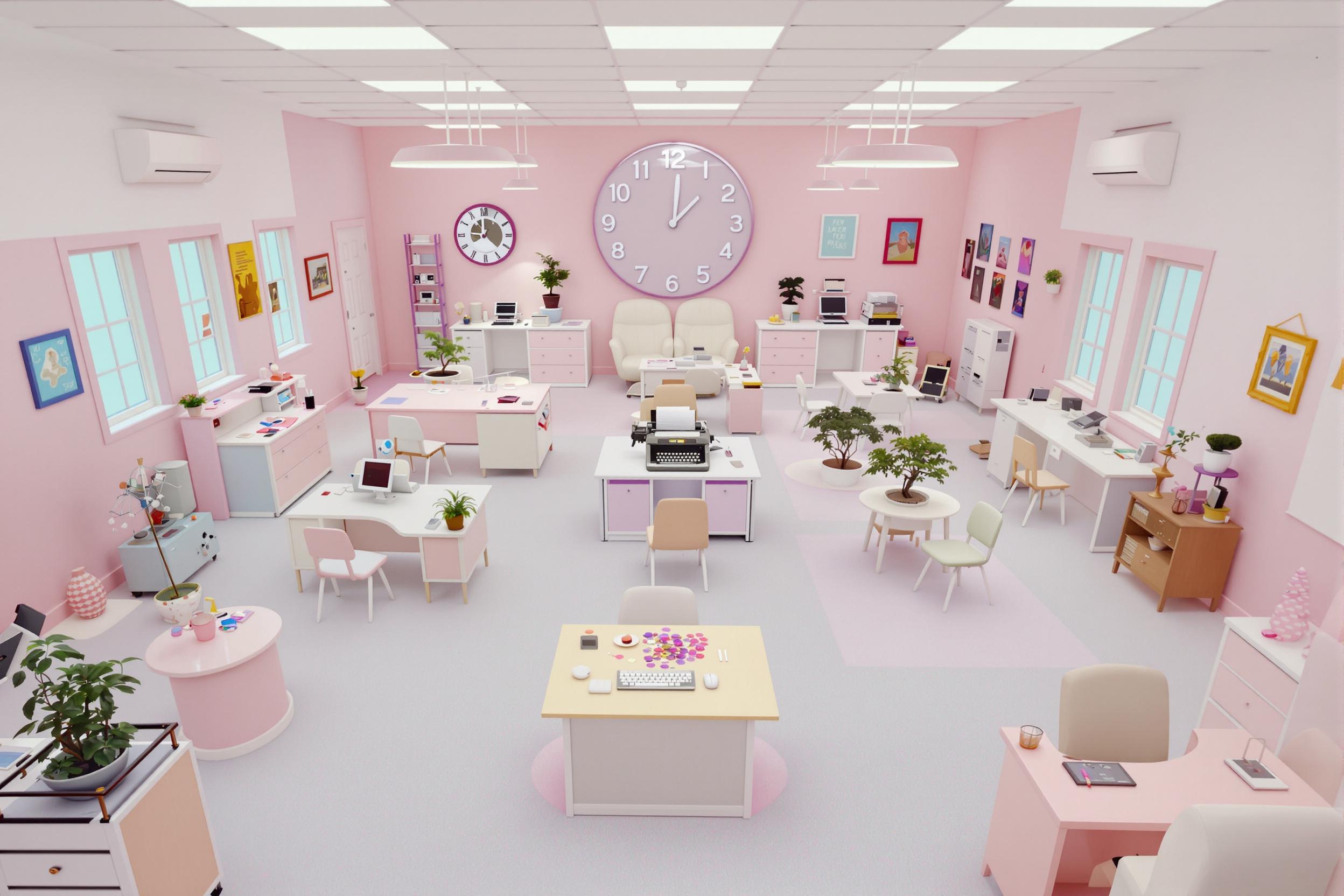
Barn Doors
Barn Doors are adjustable flaps attached to lighting equipment in film and TV production. They're like window shutters for movie lights, helping camera crews control exactly where light falls on a scene or subject. These metal flaps can be moved to shape the light, prevent unwanted glare, or protect other crew members from bright light. They're a fundamental tool in lighting design, and their proper use shows that a lighting technician understands how to craft the visual look of a production. When you see this term in a resume, it indicates experience with professional lighting equipment and techniques.
Examples in Resumes
Operated lighting equipment including Barn Doors and scrims on major commercial shoots
Managed lighting setups using Barn Door systems for interview-style documentary filming
Trained junior crew members on proper use of Barn Doors and other lighting modifiers
Typical job title: "Lighting Technicians"
Also try searching for:
Where to Find Lighting Technicians
Professional Organizations
Online Communities
Job Resources
Example Interview Questions
Senior Level Questions
Q: How would you plan lighting for a complex scene with multiple actors and movements?
Expected Answer: A senior lighting technician should explain their process for analyzing the scene, positioning lights, using barn doors and other modifiers to control spill, and ensuring consistent lighting throughout the scene.
Q: How do you train new crew members on lighting equipment safety?
Expected Answer: Should discuss creating safety protocols, proper handling of hot lights, importance of secure mounting, and specific techniques for using barn doors and other accessories safely.
Mid Level Questions
Q: What factors do you consider when setting up barn doors for a shot?
Expected Answer: Should mention light spill control, actor movements, camera angles, and how barn doors interact with other lighting modifiers.
Q: How do you handle lighting challenges in different locations?
Expected Answer: Should discuss adapting to various spaces, using barn doors and other tools to control unwanted reflections, and working with different power situations.
Junior Level Questions
Q: What are the basic parts of a lighting fixture and their functions?
Expected Answer: Should be able to identify main parts including barn doors, the lamp, power cable, and basic safety features.
Q: How do you safely adjust barn doors on a hot light?
Expected Answer: Should demonstrate knowledge of safety procedures, including using heat-resistant gloves and proper cool-down time.
Experience Level Indicators
Junior (0-2 years)
- Basic light setup and safety procedures
- Understanding of fundamental lighting equipment
- Cable management and basic maintenance
- Following lighting diagrams and plans
Mid (2-5 years)
- Complex lighting setups
- Problem-solving in various locations
- Equipment troubleshooting
- Working with different types of productions
Senior (5+ years)
- Leading lighting department
- Training crew members
- Complex lighting design
- Budget management and equipment planning
Red Flags to Watch For
- No knowledge of basic lighting safety
- Unfamiliarity with industry-standard lighting equipment
- Lack of experience with different types of productions
- Poor understanding of power management and electrical safety
Related Terms
Need more hiring wisdom? Check these out...

From Farewells to Future Allies: Transforming Exit Interviews into Lifelong Connections

Beyond Borders: Mastering the Art of a Global Onboarding Calendar

Step Into Our World: How Pre-Recorded Virtual Workplace Tours Are Changing The Recruitment Game

